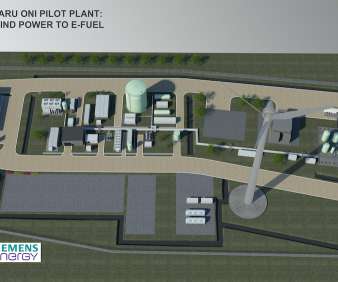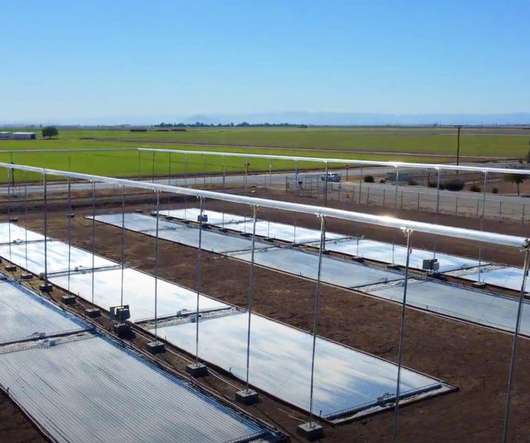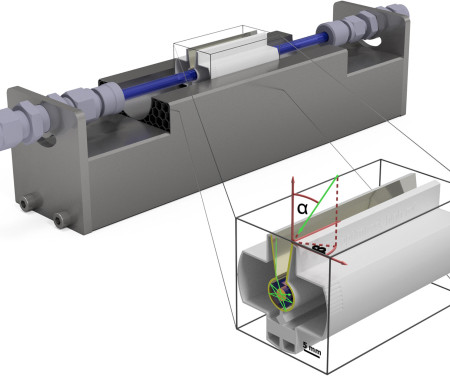Calysta Energy engineering organisms to convert methane to low-cost liquid hydrocarbons; BioGTL process
Green Car Congress
OCTOBER 22, 2012
Start-up Calysta Energy plans to use methane as a feedstock for engineered organisms to produce liquid hydrocarbon fuels and high value chemicals that are cost-effective, scalable and reduce environmental impact. Conversion method. Click to enlarge. Comparison of biofuel platform efficiency (source: Calysta Energy). ProteinGPS.







































Let's personalize your content